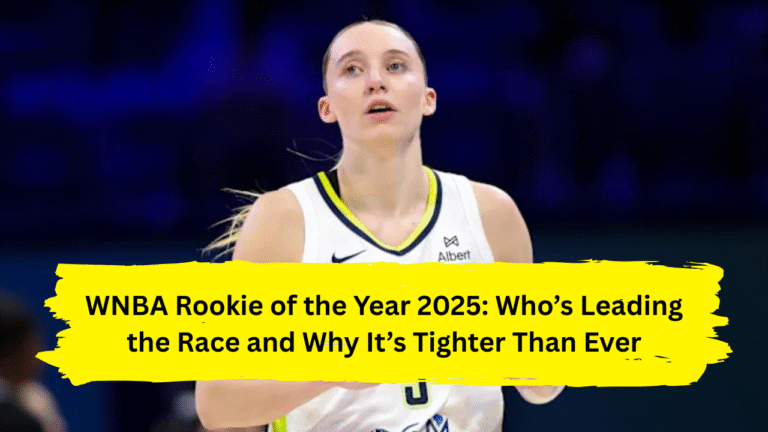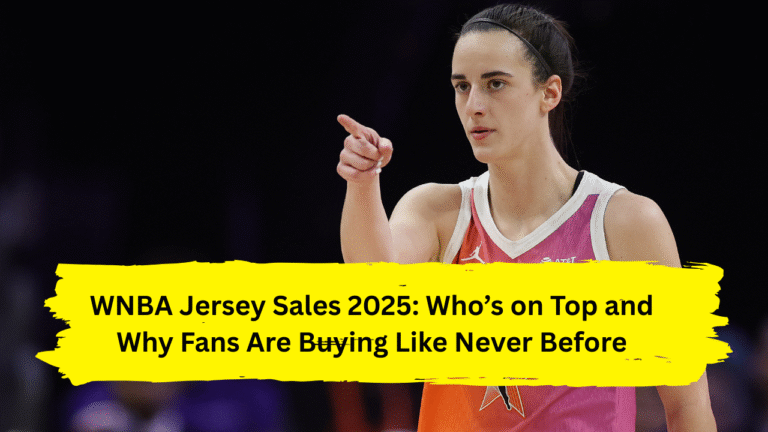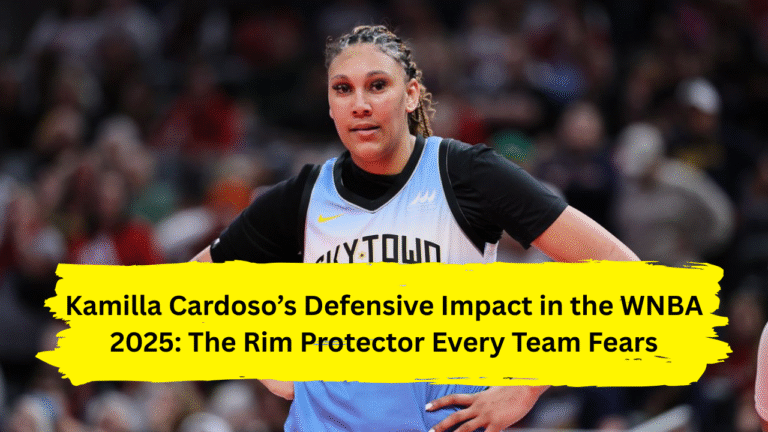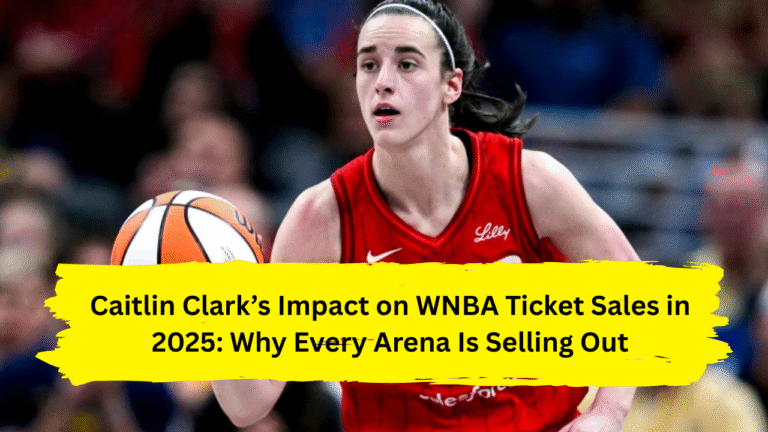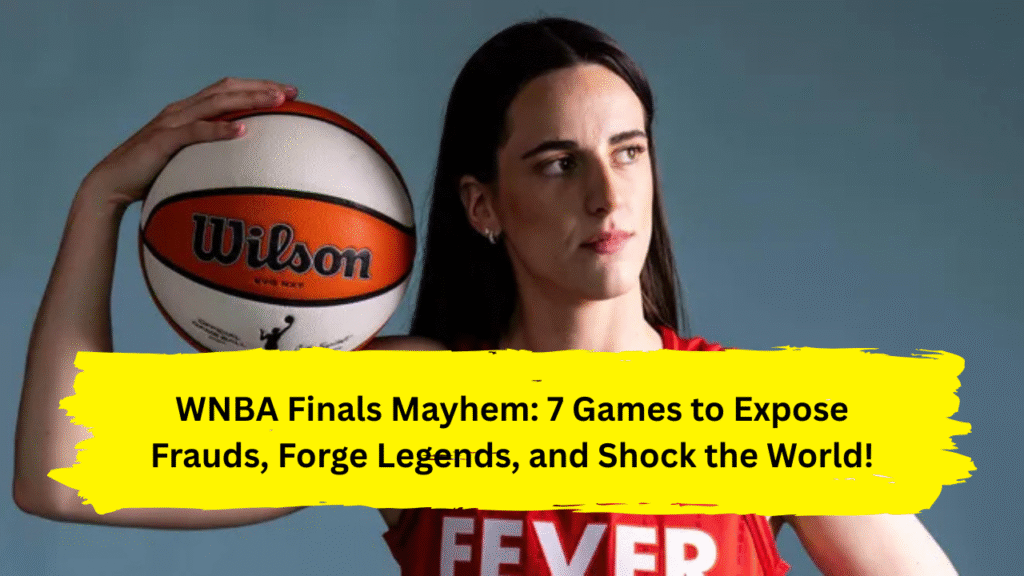
Picture this: Sweat stinging the eyes of a league MVP as she limps toward the bench in Game 6, her knee screaming in protest after 43 relentless minutes. A dynasty teeters on collapse, not from one missed shot, but from the crushing weight of two extra battles nobody saw coming. This isn’t sports fiction—it’s the raw, unfiltered reality awaiting teams in the 2025 WNBA Finals. For the first time ever, the championship series explodes from a best-of-five sprint to a best-of-seven war of attrition. And let me tell you, no player, coach, or fan will emerge unchanged.
The Tectonic Shift: Why Seven Games?
When WNBA Commissioner Cathy Engelbert stepped before the cameras last October, she didn’t propose an adjustment—she detonated tradition. Starting this season, the WNBA Finals adopt a best-of-seven format with a punishing 2-2-1-1-1 structure. Translation? The higher seed hosts Games 1, 2, 5, and 7. The underdog gets Games 3, 4, and 6—a subtle but seismic power shift. Engelbert’s reasoning cut straight to the point: “We are seeing incredible demand for WNBA basketball… This gives fans a championship-series format they’re accustomed to seeing in other sports”.
But let’s be real: This isn’t just about mimicking the NBA. It’s a survival response to a league exploding at the seams. The 2024 season shattered every record—154 regular-season sellouts (up from 45 in 2023), 22 national TV broadcasts cracking 1 million viewers, and the Indiana Fever alone drawing 340,715 home fans behind Caitlin Clark’s gravitational pull. The WNBA didn’t just grow; it erupted. Trying to contain that energy in a five-game Finals felt like stuffing a hurricane into a shoebox.
Why Seven Games Changes Everything (No, Really)
You might shrug: “Two extra games? What’s the big deal?” Oh, friend. Let me pull back the curtain:
Fluke champions just went extinct. Short series let underdogs steal rings with a hot streak (remember those shocking upsets?). Seven games? That’s a truth serum. Depth charts matter more than star power. Teams like the New York Liberty—stacked with battle-tested vets—can now systematically dismantle younger, flashier rivals through sheer endurance. As one anonymous coach growled, “Luck evaporates over seven games. Only muscle and IQ survive.”
Home-court advantage becomes a psychological torture chamber. Under the new format, Game 5 isn’t just another game—it’s the pivot point of the series. Win it on the road, and you drag your opponent back to your turf smelling blood. Lose it, and you face elimination in a deafening enemy arena. Remember the 2024 Finals’ Game 1? It drew 1.1 million viewers. Now imagine Game 5 or 7 with that voltage—and the desperation that comes with it.
The body count will rise. Do the brutal math: The 2025 champion could play 44 regular-season games, plus the Commissioner’s Cup, plus up to 9 playoff wins (3 in round one, 5 in semis, 7 in Finals). That’s 54+ games—a 35% spike from 2021. Napheesa Collier played 38 games last year. Next season? She could log 60. When does “superhuman” become “inhuman”?
The Silent Savior: Charter Flights
None of this works without the league’s unsung hero: full-season charter flights. Engelbert admitted it bluntly—this format would’ve been impossible without them. Picture a hypothetical New York vs. Phoenix Finals: cross-country flights between Games 2-3 and 4-5. Commercial travel? Players would stagger onto the court like jet-lagged zombies. Charters aren’t a perk anymore; they’re the oxygen keeping the seven-game beast alive.
First Round’s Stealth Revolution
While headlines scream about the Finals, the best-of-three first round got a game-changing facelift: the 1-1-1 format. No more higher seeds hosting Games 1 and 2. Now, the underdog guarantees a home game—a financial and emotional lifeline for cities like Indiana, who hosted zero playoff games last year. As Fever GM Lin Dunn demanded before retiring: “The league’s gotta do something about this!” Well, they listened. That single home game for a No. 7 or 8 seed? It’s a cultural earthquake for fanbases starving for playoff energy.
Expansion: The Domino You Didn’t See Coming
Peel back another layer: The extended season and playoffs are chess moves anticipating the Golden State Valkyries (2025) and Toronto/Portland (2026). More teams = more games needed to crown a legitimate champion. But here’s the twist: With 16 teams likely by 2028, the Finals could bleed into late October. Imagine a Game 7 played under Halloween decorations. Unthinkable a decade ago? Today, it’s inevitable.
The Looming Player Mutiny
Don’t ignore the locker-room whispers. When Engelbert announced the changes, Minnesota Lynx coach Cheryl Reeve voiced the quiet dread: “There’s doubt. We’re gonna get there.” Translation: “Will our bodies survive this?” Crunch the minutes: A star logging 35 minutes per game in a seven-game Finals battles for an extra 70 minutes—nearly two full games—compared to the old format. For icons like A’ja Wilson or Breanna Stewart, already facing Olympic summers, this is a grenade with the pin pulled.
And let’s talk money. The $500,000 Commissioner’s Cup prize suddenly looks like pocket change when stars risk career-ending injuries in Game 6. With the 2025 CBA opt-out deadline looming November 1, the league’s “transformational year” could collide with a brutal reality check.
Why This Electrifies Fans (and Terrifies Owners)
For us? The viewers? This is a masterclass in high-stakes drama:
- No more asterisks: Remember when a star fouling out decided a title in 40 minutes? Now, adjustments unfold over weeks. Strategy becomes storytelling.
- Rivalries with room to breathe: Aces vs. Liberty isn’t a sprint anymore; it’s a knife fight where grudges deepen with every possession.
- Unsung heroes rise: When stars fatigue in Game 4, that backup guard hitting clutch threes? She becomes immortal.
But for owners, the financial stakes are terrifying. Hosting three extra home Finals games could mean $2M+ per night in ticket and merch revenue. Miss the Finals? That’s money vaporized. The pressure to win—now—just went nuclear.
The Verdict: Bold Evolution or Reckless Gamble?
The WNBA’s bet is clear: They’re gambling that seven games will cement their status as major-league titans, not niche entertainment. The $2.2 billion media deal with ESPN, NBC, and Amazon demands it. But as players lace up for 60-game marathons, we must ask: Is this progress—or profit disguised as ambition?
One truth is undeniable: When the 2025 Finals tip off, every dribble will echo louder. Every rebound will bruise deeper. And the champion won’t just raise a trophy—they’ll emerge as legends forged in the hottest fire basketball can create. Because in a seven-game war of attrition, only the truly ruthless survive.
The Final Buzzer:
- The best-of-seven WNBA Finals (2-2-1-1-1) demands historic depth, exposing shallow rosters.
- Charter flights enable survival, making cross-country battles feasible without broken bodies.
- The 1-1-1 first-round format empowers underdogs, transforming home-court energy.
- Player fatigue threatens the experiment, with 60-game slams testing physical limits amid CBA tensions.
- Expansion and media rights make extended formats inevitable—even if it pushes the Finals to Halloween.
The revolution starts now. Pray your favorite team packed bandages.

